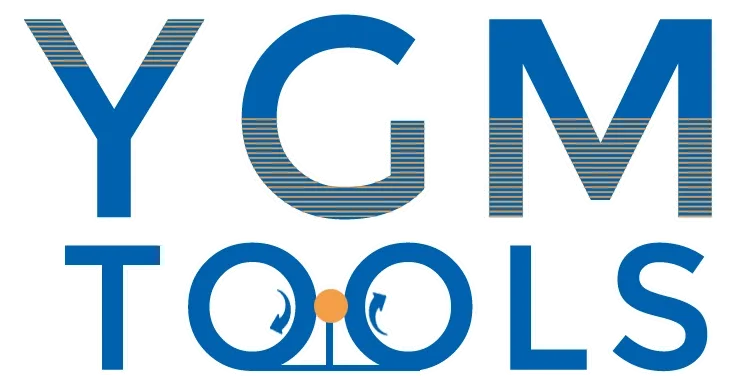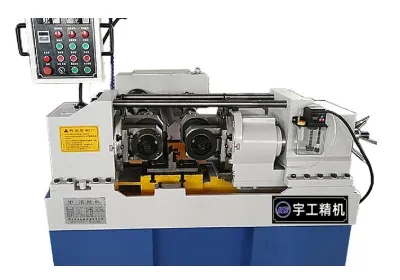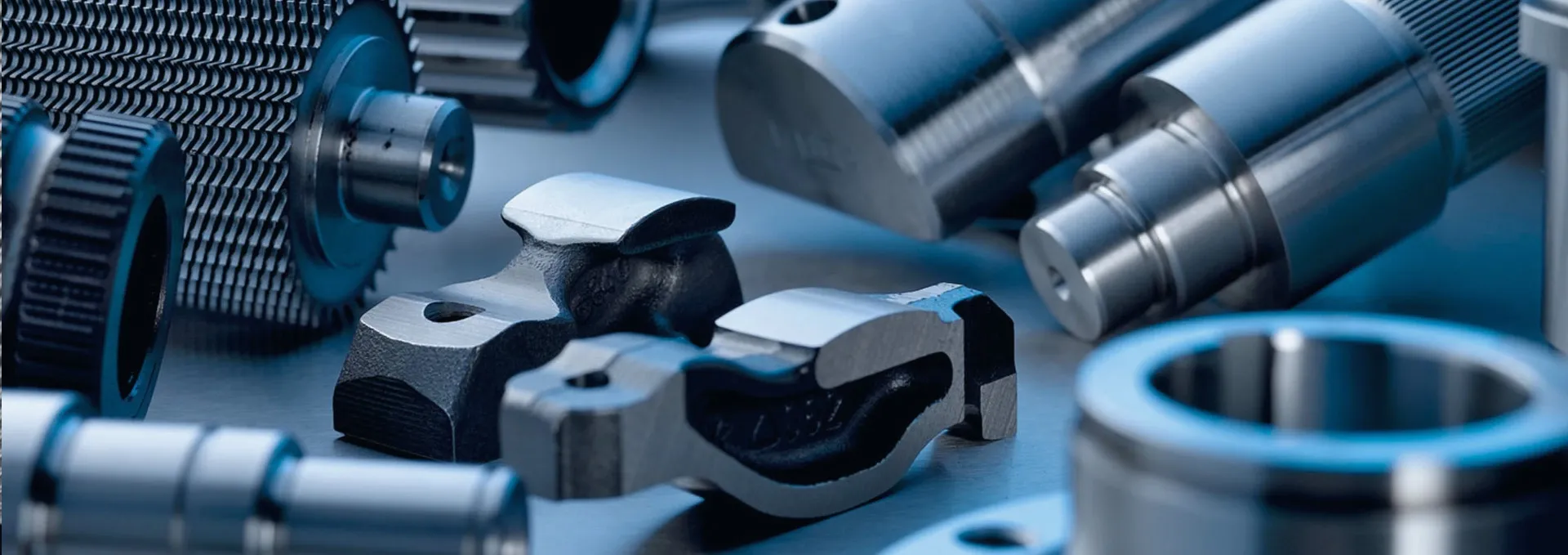
-
 Afrikaans
Afrikaans -
 Albanian
Albanian -
 Amharic
Amharic -
 Arabic
Arabic -
 Armenian
Armenian -
 Azerbaijani
Azerbaijani -
 Basque
Basque -
 Belarusian
Belarusian -
 Bengali
Bengali -
 Bosnian
Bosnian -
 Bulgarian
Bulgarian -
 Catalan
Catalan -
 Cebuano
Cebuano -
 Corsican
Corsican -
 Croatian
Croatian -
 Czech
Czech -
 Danish
Danish -
 Dutch
Dutch -
 English
English -
 Esperanto
Esperanto -
 Estonian
Estonian -
 Finnish
Finnish -
 French
French -
 Frisian
Frisian -
 Galician
Galician -
 Georgian
Georgian -
 German
German -
 Greek
Greek -
 Gujarati
Gujarati -
 Haitian Creole
Haitian Creole -
 hausa
hausa -
 hawaiian
hawaiian -
 Hebrew
Hebrew -
 Hindi
Hindi -
 Miao
Miao -
 Hungarian
Hungarian -
 Icelandic
Icelandic -
 igbo
igbo -
 Indonesian
Indonesian -
 irish
irish -
 Italian
Italian -
 Japanese
Japanese -
 Javanese
Javanese -
 Kannada
Kannada -
 kazakh
kazakh -
 Khmer
Khmer -
 Rwandese
Rwandese -
 Korean
Korean -
 Kurdish
Kurdish -
 Kyrgyz
Kyrgyz -
 Lao
Lao -
 Latin
Latin -
 Latvian
Latvian -
 Lithuanian
Lithuanian -
 Luxembourgish
Luxembourgish -
 Macedonian
Macedonian -
 Malgashi
Malgashi -
 Malay
Malay -
 Malayalam
Malayalam -
 Maltese
Maltese -
 Maori
Maori -
 Marathi
Marathi -
 Mongolian
Mongolian -
 Myanmar
Myanmar -
 Nepali
Nepali -
 Norwegian
Norwegian -
 Norwegian
Norwegian -
 Occitan
Occitan -
 Pashto
Pashto -
 Persian
Persian -
 Polish
Polish -
 Portuguese
Portuguese -
 Punjabi
Punjabi -
 Romanian
Romanian -
 Russian
Russian -
 Samoan
Samoan -
 Scottish Gaelic
Scottish Gaelic -
 Serbian
Serbian -
 Sesotho
Sesotho -
 Shona
Shona -
 Sindhi
Sindhi -
 Sinhala
Sinhala -
 Slovak
Slovak -
 Slovenian
Slovenian -
 Somali
Somali -
 Spanish
Spanish -
 Sundanese
Sundanese -
 Swahili
Swahili -
 Swedish
Swedish -
 Tagalog
Tagalog -
 Tajik
Tajik -
 Tamil
Tamil -
 Tatar
Tatar -
 Telugu
Telugu -
 Thai
Thai -
 Turkish
Turkish -
 Turkmen
Turkmen -
 Ukrainian
Ukrainian -
 Urdu
Urdu -
 Uighur
Uighur -
 Uzbek
Uzbek -
 Vietnamese
Vietnamese -
 Welsh
Welsh -
 Bantu
Bantu -
 Yiddish
Yiddish -
 Yoruba
Yoruba -
 Zulu
Zulu
Latest Pipe Thread Rolling Machine
In heavy-duty industries where strength, durability, and threading accuracy are paramount, the pipe thread rolling machine has emerged as the essential equipment for high-performance pipe manufacturing. This machine revolutionizes the way threading is handled on medium to large-diameter pipes, creating uniform threads without weakening the structure of the material. Unlike cutting or tapping methods that remove metal, thread rolling is a cold-forming process. It displaces material to create threads, which significantly increases tensile strength and prolongs the life of the pipe.

The pipe thread rolling machine is designed to handle a range of pipe sizes and materials, from galvanized steel and carbon steel to stainless steel and alloy pipes. It is widely used in industries such as oil and gas, plumbing, construction, and industrial fluid systems. Whether you're threading short nipple pipes or long scaffolding tubes, a modern thread rolling machine provides consistent quality with minimal waste.
Operators benefit from ease of use through intuitive control panels, safety interlocks, and die-changing systems that minimize setup time. Advanced models also feature touchscreens, digital fault detection, and automatic feeding options to maximize throughput. Overall, a pipe thread rolling machine is not just a tool—it’s a productivity booster that ensures structural integrity and industrial compliance.
Precision Threading in Construction: Scaffolding Pipe Thread Rolling Machine
As construction projects grow in scale and complexity, so does the demand for high-quality scaffolding components. The scaffolding pipe thread rolling machine is purpose-built to create durable, load-bearing threads on scaffolding tubes and couplers. These threads must meet exacting standards, as any failure in a scaffolding connection could result in catastrophic consequences on a job site.
The scaffolding pipe thread rolling machine handles medium to heavy-wall tubes, typically made of galvanized or carbon steel. It is capable of producing threads that match the coupling systems used in modular scaffolding, ringlock, cuplock, and frame systems. The threads produced are cold-formed, which means they maintain the full strength of the pipe wall, rather than weakening it as traditional cutting methods do.
The die sets used in the scaffolding pipe thread rolling machine are specifically designed to meet BS, EN, and ANSI threading standards. In addition, many machines are now equipped with digital positioning systems, which allow for quick changeovers between different pipe lengths and diameters. This improves flexibility in production and allows small and large batches to be run with minimal downtime.
When integrated with automated feeding and unloading systems, this machine can become a fully autonomous unit in a scaffolding production line. With lower maintenance needs and higher productivity, the scaffolding pipe thread rolling machine is a must-have for any company looking to scale up their construction hardware output with efficiency and safety.
Nail Thread Rolling Machine: High-Speed Solutions for Mass Fastener Production
In the world of fasteners, production speed and uniformity are everything. The nail thread rolling machine is designed to meet this demand by delivering high-speed, precision thread formation on small components such as nails, screws, rivets, and pins. These machines are often the backbone of factories that produce millions of fasteners daily for use in furniture, automotive, appliances, and construction.
The nail thread rolling machine typically operates with a flat die system, where two dies compress the fastener blank to roll the thread. This method is fast, cost-effective, and delivers excellent dimensional control. Unlike cutting machines that degrade tool life and produce scrap, thread rolling generates minimal waste and creates stronger threads due to the cold-working effect on the material.
As automation advances, many nail thread rolling machines are now paired with automated feeding trays and sorting systems. These systems detect part orientation and size, ensuring smooth, jam-free operation even at high speeds. In addition, operators can monitor machine status, tool life, and fault codes through digital interfaces, reducing the need for manual supervision and intervention.
From upholstery nails to drywall screws, manufacturers rely on this machinery to meet large-volume orders without sacrificing quality. The nail thread rolling machine ensures every fastener comes out uniform, strong, and ready for immediate application—whether it’s going into a car chassis or a wooden beam.
Choosing the Right Pipe Thread Rolling Machine for Your Facility
Investing in the correct pipe thread rolling machine means assessing your production needs, materials, and long-term growth goals. Choosing the wrong machine can lead to low output, poor thread quality, and high maintenance costs. However, the right one will optimize your factory’s performance and generate substantial ROI over time.
The first consideration is material. While most machines can handle standard steel pipes, only some are equipped to work with high-strength alloys or stainless steel. You’ll also want to consider wall thickness—thicker-walled pipes require stronger rolling force and may demand a hydraulic-powered system.
Second, consider the threading specifications you need. If your production must meet multiple international standards, opt for a machine with modular dies and programmable settings. These features enable quick transitions between thread types such as NPT, BSPT, BSPP, or custom geometries.
Speed and automation are increasingly important. Some pipe thread rolling machines now include servo motors and programmable logic controllers (PLCs), allowing for adjustable rolling force, speed regulation, and cycle monitoring. These features not only improve precision but also reduce wear on dies and ensure consistent performance across large production runs.
Equally critical is the after-sales support provided by the supplier. A high-quality machine should be backed by a responsive technical team, a ready supply of spare parts, and training for operators. Installation services and remote diagnostics can make a major difference, especially when scaling operations or transitioning to new product types.
Whether you are threading short coupler pipes or long structural scaffolding, your machinery must deliver both power and precision. The ideal pipe thread rolling machine is not just a one-time purchase but a long-term production partner that adapts as your business grows.
Nail and Scaffolding Thread Rolling Integration in Automated Lines
Manufacturers across the globe are increasingly turning toward fully automated production systems, and the integration of machines like the nail thread rolling machine and scaffolding pipe thread rolling machine into those systems has never been more critical. These machines can be placed at the heart of a seamless, high-throughput operation that requires minimal human interaction yet guarantees maximum consistency.
In automated setups, fastener blanks or pipes are loaded into the feed system via vibratory bowls, robotic arms, or conveyor belts. Sensors guide the materials to the correct orientation, ensuring that only properly aligned components enter the threading station. In the case of a nail thread rolling machine, the ability to roll hundreds of parts per minute allows for continuous production cycles that meet high-order demands.
For the scaffolding pipe thread rolling machine, integration often includes automated measuring systems that confirm pipe diameter and length before threading begins. This minimizes errors and eliminates manual verification. Once the pipe is threaded, it can move directly to a finishing station where anti-rust coating or galvanization is applied before packing.
Modern production lines also include data collection features, allowing managers to track production volume, thread accuracy, cycle times, and tool wear. These insights not only help in predictive maintenance but also in improving workflow and minimizing waste. When combined with ERP or MES software, the thread rolling section becomes a digitally traceable and manageable node in a smart manufacturing environment.
FAQs About Scaffolding Thread Rolling Machines
What are the advantages of using a pipe thread rolling machine over traditional threading methods?
A pipe thread rolling machine forms threads by displacing material rather than cutting it. This cold-forming process strengthens the pipe instead of weakening it, resulting in better performance under pressure and longer life cycles. It also produces smoother threads, less waste, and higher consistency—especially important in plumbing, gas, and industrial piping systems.
Can a nail thread rolling machine handle different fastener sizes and materials?
Yes, a nail thread rolling machine is designed for flexibility. It can process a wide variety of nail and screw sizes, depending on the die set and machine configuration. It also supports different materials including mild steel, stainless steel, brass, and aluminum. Many machines allow quick die changes and programmable thread patterns, making them ideal for multi-product lines.
What makes a scaffolding pipe thread rolling machine suitable for construction hardware?
The scaffolding pipe thread rolling machine is specifically designed to handle medium to heavy-wall pipes used in scaffold systems. It creates high-strength, load-bearing threads that conform to safety and structural standards. These machines are capable of processing long pipe lengths with minimal deformation, ensuring tight fits and strong mechanical bonds essential for scaffolding joints.
How do I choose the right pipe thread rolling machine for my factory?
Selecting the right pipe thread rolling machine involves considering pipe size range, material hardness, production volume, threading standards, and available floor space. Look for machines with customizable dies, servo or hydraulic systems for force control, digital interfaces for easy programming, and robust after-sales service. If automation is a goal, ensure the machine supports integration with feeders and conveyors.
Is it possible to automate both nail and scaffolding thread rolling in a single line?
While nail thread rolling machines and scaffolding pipe thread rolling machines serve different products, both can be integrated into their respective automated production lines. Automation is possible through the use of specialized feeders, robotic pickers, and inline inspection systems. Although combining both in one line is rare due to size and product differences, centralized control systems can manage multiple lines in parallel for synchronized operation.
